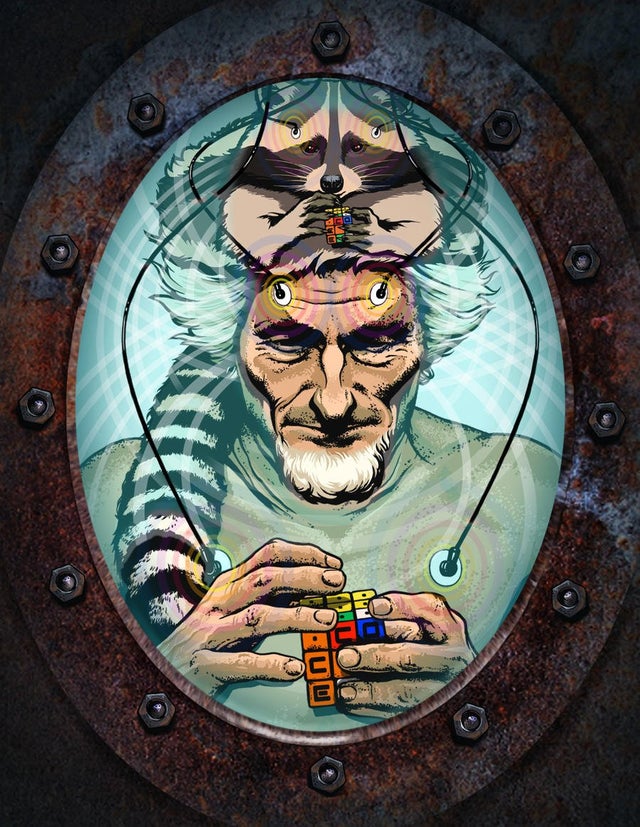A French nationwide study published in the Environmental Research journal suggested that agricultural practices and pesticides used in vineyards could have been linked to the occurrence of Parkinson’s disease.
According to PAN UK’s findings, there seems to be a rising trend in the occurrence of pesticide combinations in food. The total percentage of fruit and vegetables with residues from multiple pesticides has consistently stayed below 48%, but this year it unexpectedly spiked to an astonishing 53%.



The thing about carcinogenic compounds, which are also toxins, is it’s entirely about dosage. Pesticides being toxins and carcinogens makes the comparison nearly apples to apples with ethanol. The human body can handle a lot more ethanol than pesticides, as the latter are often either highly toxic or highly hazardous. If ethanol was even in the same ballpark as pesticides, the history surrounding its consumption would look quite unfamiliar. With ethanol concentration remaining overall the same, yet the pesticide concentration increasing as well as incorporating additional pesticides, the chances of ethanol resulting in uncontrolled cell growth is becoming a secondary issue. As the article identified, “50% fall under the category of ‘highly hazardous pesticides.’ Furthermore, 45 of these are carcinogens, 25 act as endocrine disruptors, impacting hormone systems and leading to birth defects, developmental disorders, and infertility.” Not only are many of these pesticides highly hazardous and carcinogenic, but the fact some are endocrine disruptors is quite distressing. Microplastics cause many issues within the body’s endocrine system, and this is already a massive problem. Now there’s another avenue facilitating interference with the body’s communication between different organs/tissues. Basically, cancer from ethanol consumption shouldn’t be much of a concern. Especially when issues from ingesting even small quantities of highly hazardous pesticides include neurological damage, reproductive disorders, difficulty breathing, immunosuppression, increased risk of cancer, seizures, and even death.
Sources:
Agreed. The scientific consensus is that there is no safe lower limit for alcohol.
To clarify, synthetic pesticides are quite harmful to humans and animals. Biopesticides, found naturally in many plant species, are quite safe by comparison. And plants containing natural toxins (i.e. fiddleheads, red kidney beans, stone fruits, etc.) are quite safe to consume when properly prepared.
Indeed, you are still benefiting from the consumption of those fruits and vegetables.
If you can, stay away from man-made pesticides in all food sources.
My point was that going with organic wine (to not have as many pesticides) won’t stop wine from being harmful at any dose.
Well… I’m sure nobody agrees with that. Alcohol consumption is a leading preventable cause of cancer death in U.S, with that study concluding that “there is no safe threshold for alcohol and cancer risk.”.
There are no biopesticides which fall into the highly hazardous category, so those aren’t very applicable here. While organic options may help side step this problem, thats only an option for those able to spend more during the holidays, which is becoming increasingly rare. As far as the cancer from ethanol quote, that’s just half the full thought. The following sentence highlights why it’s without question the lesser of the two evils.